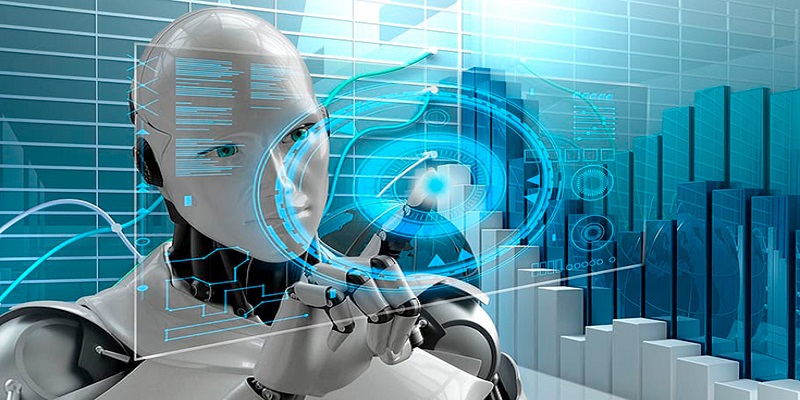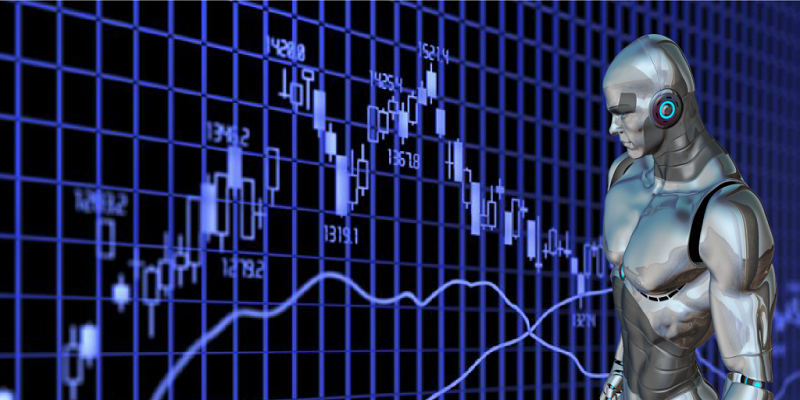
Forex traders may use robots to improve their results. Automated systems can place and manage trades automatically. However, they are not always perfect.
Should you delegate Forex trading decisions to a robot?
Forex can be profitable, but trading is not effortless. It requires thoughtful analysis of the market and timely decisions. To spot the best entry and exit points, traders monitor trends. Sometimes, you wish you could delegate the job to a robot. In fact, such systems exist, but they are not created equal.
In India, online trading is on the rise. With a live trading account, you can buy and sell currencies in the gigantic global market. Forex robots can be helpful, as they automate decisions.
An understanding on robotics
Robotics is an interdisciplinary research area at the interface of computer science and engineering. Robotics involves design, construction, operation, and use of robots. The goal of robotics is to design intelligent machines that can help and assist humans in their day-to-day lives and keep everyone safe.Robots can be used in many situations and for many purposes. For example: scientists realised that the graphics chips in video games could function as cheap, ultrafast math processors. You could build a low-cost supercomputer just by wiring together a half dozen or more Sony Playstations (manual). The result: Desktop high-performance computing (HPC) was born. Recently, researchers in robotics-related areas have harnessed HPC computing for computationally intensive tasks, such as computer vision.

Recently according to reports Sony’s Kisazaru, plant is fully-owned and operated houses 32 specialised robots from the Mitsubishi brand, operating in a 100-feet assembly line. There are now four people on the line but robots are the ones who take charge of production. This includes twisting the wires and having them treaded via tiny recesses. The human workers take charge of feeding the consoles onto the belts before the finished outputs are done. It was in 2019 when the company first started with the strategy, maximizing the production and its efficiency. They’re now looking forward to having this process with the PlayStation 5 units as a PlayStation 4 console is created every 30 seconds–through robotics.
Here is an overview of the Forex robots technology and the caveats you should know:
Most Popular Systems
A Forex robot is a piece of software tasked with decision-making. The most popular systems today are created for the MetaTrader terminal. On the platform, they are referred to as EAs, or ‘expert advisors.’ Their use is versatile. They can provide signals for placing trades, open trades, manage them, and close.
This sounds like the ultimate trader’s dream. With an effective assistant, you can sit back and watch your profits grow. Here is a bummer, though: this rarely happens.
Pros and Cons
Robots are recommended to those who rely on mechanical approaches. They can program their EAs to work 24 hours a day. Thus, if your style does not require human analysis, go for it. Choose trusted providers with a proven record of success. In India, robots for MetaTrader 5 and the system itself are offered by Forextime.
EAs are developed and sold by many companies. Not all systems are equally useful. Choose your assistant carefully, as fraud is not uncommon. Some companies emerge overnight and give a money-back guarantee, but they vanish just as quickly. Do not take marketing claims on faith. Be wary of ads promoting robots that make you rich instantly.
Sadly, profitable robots are a minority. Most of such systems still disappoint their owners. Before purchasing one, do some research. Take any claims with a pinch of salt.
The main problems are linked to special biases and curve-fitting. Ready-made robots are rarely perfect, although good examples exist. Here is the source of complications.
Data-Mining Bias
You may be surprised to know that robots can be subjective in their analysis. Backtesting is checking how a strategy performs with regard to historical data. When you use a robot, it may have a so-called ‘data-mining bias.’ This means you will be offered evidence of success, but it will be the best backtest out of hundreds. Such robots present cherry-picked data as the most likely outcome.
This bias is your enemy. The subject has been researched well, and you can find more information in the book ‘Evidence-Based Technical Analysis.’ Its author, David Aronson, is spearheading the fight to raise awareness of the issue. He warns investors that systems or indicators recommended by robots are often unreliable. But why does this happen?
A flawed Forex robot chooses a certain data set and fails to use others. It backtests a strategy against one cycle or environment. What should really be done is looking at multiple cycles, not one specific example that confirms the case.

